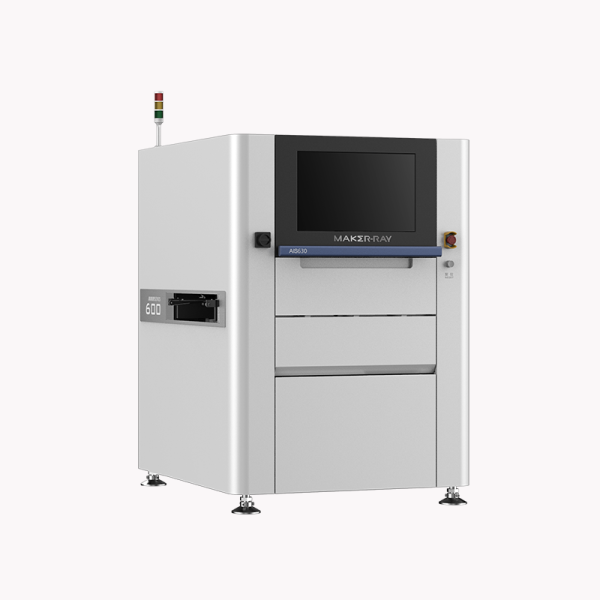Machine vision inspection is a technology that uses an algorithm to take images and use software to process them. It can be used in the making of products, such as cars and appliances. This article takes a look at some basic knowledge of machine vision inspection.
What is machine vision inspection?
Machine vision inspection is a technology that helps engineers design, manufacture, and service products. It uses algorithms to analyze images and detect defects in them. The technology is used in a variety of industries, such as automotive, medical, and industrial.
What are the benefits of machine vision inspection?
One of the most important benefits of machine vision inspection is that it can help you detect and correct defects before they cause problems. Machine vision inspection also enables you to improve product quality by identifying and correcting issues before they cause customer complaints or product recalls.
How does machine vision inspection work?
Machine vision inspection works by using cameras to capture images of products or parts. The images are then processed using algorithms to identify defects. When defects are detected, they are marked and saved for later use. This allows you to quickly and easily identify and correct any issues with your products.
Future of machine vision inspection
Machine vision inspection has come a long way in recent years, and many emerging technologies are poised to continue this trend.
First up, let’s take a look at deep learning networks. These networks can learn and identify objects by analyzing huge amounts of data. They are currently being used in several machine vision applications, such as object detection and recognition. Deep learning networks can quickly identify objects in images and videos, which makes them a valuable tool for inspecting items. Additionally, machine learning algorithms are also being used to improve the performance of existing machine vision algorithms. For example, convolutional neural networks can help speed up object detection while gradient descent can help improve accuracy. These techniques allow machines to learn from data more effectively and make better decisions faster.
Conclusion
Emerging machine vision inspection technologies are changing the game when it comes to determining whether products are in perfect condition before they go out onto the shelves. By using these cutting-edge technologies, manufacturers can quickly and accurately identify any issues with a product before sending it out into the marketplace. If you’re looking for ways to improve your manufacturing process, be sure to investigate MAKER-RAY’s emerging machine vision inspection technologies!




